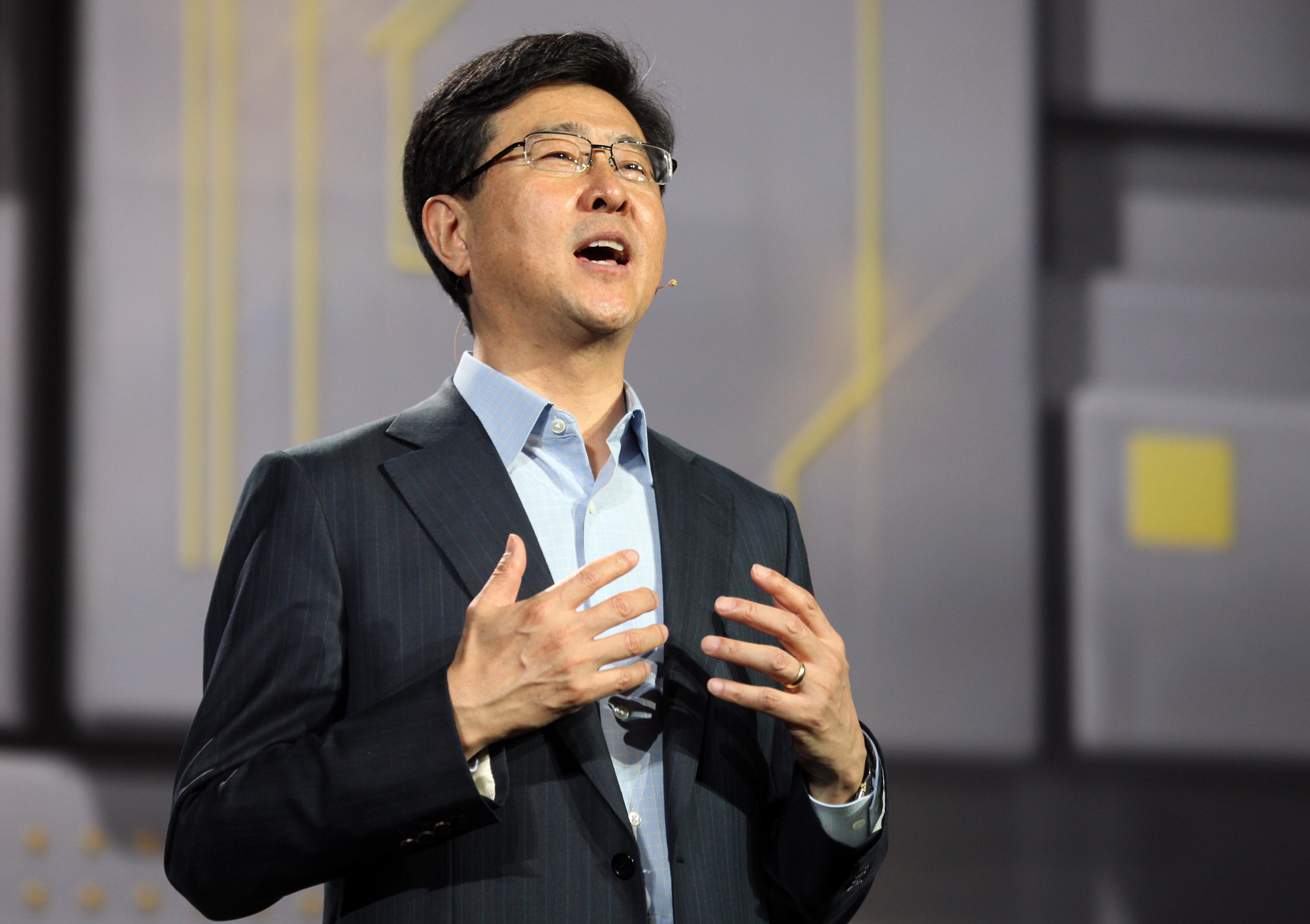(iTers News) - Sometime in 2013, consumers will be able to buy octa-core smart phones and tablet PCs. Riding high on overwhelming popularity of Exynos 5 quad core applications processor that have been embedded into more than 53 million mobile devices in less than one year, Samsung Electronics Co., released a new generation of Exynos 5 Octa.
Built with ARM Holdings’ big.Little configuration of high-performance ARM 15 quad-core processor and low-power ARM 7 quad-core processor, the Exynos 5 Octa has 8 cores in what the company said is the world’s first ARM big.Little architecture processor chip.
Coming complete with ALUs, or arithmetic logic units, on-chip cache memory, and memory interface circuitry, cores are the brains of every mobile computing device.
At a keynote speech held at CES 2013 in Las Vegas, Stephen Woo, president with Samsung Electronics’ system LSI business said, “One key difference is the level of pure processing power, which has never been available before , not just for individual applications, but heavy-duty multimedia, as well, “
“Say, I need a quick Web search for a good diner spot. I could load that page, I could simultaneously download apps for reservation and graphics-rich GPS and mapping information without no drop and no image freeze. If you want the best multimedia image, and if you want the best performance applications processor, that’s Exynos 5 Octa,” he continued.
Designed to serve high-end smart phones and tablet PCs, the Exyos 5 Octa can process graphic-heavy 3D multi-tasking jobs two times as fast as any of the previous generation of applications processors,including Exynos 5 Quad, but does not come at the expense of power consumption.
5,000 times thinner than human hair

Samsung’s low-power 28nm manufacturing process technology helps, too.
Called after the width of the circuits that form the gate circuitry of a chip, the 28nm process translates into very thin signal line between source and drain where electron move back and force in-between. The thinner the circuitry is, the faster the chip cycles and consumes less power.
“The signal line of the Exynos 5 Octa is 5,000 times thinner than a single strand of human hair,” said Dr. Stephen Woo.
The ARM big. Little architecture is to embed low-power ARM Cortex-A7 processor and high-performance ARM 15 processor into a single silicon die to hit an equilibrium between power budget and performance.
For example, ARM A7 and A15 were designed to each have different types of computing workload.
big.Little architecture
Called as “Little”, the low-power ARM A7 processor was designed to perform the majority of relatively light and less power consuming mobile computational workloads like Web search and mapping and was optimized for the lowest possible energy consumption.
Termed as “big”, ARM A15 are dedicated to performing heavy-duty tasks like graphic-rich games and 3D rendering and full-HD streaming.
The Exynos 5 Octa can switch between A7 and A15 depending applications tasks.
Matching the right processor for the right task can only lead to power-saving,” Dr. Stephen Woo stressed.
Echoing his remark, Warren East, CEO ARM also said, “This approach can only improve user experience. It is providing roughly twice performance on today’s leading-edge smart phones at half the power consumption when running common workloads.
CEO Warren East took on the stage to give how the big.Little architecture can help the Exynos 5 Octa perform more and consume less power.
Samsung didn’t disclose the exact shipping date and mass-production schedule, yet. Neither were given any details on the chip specification.
Photos & Videos by JH Bae

